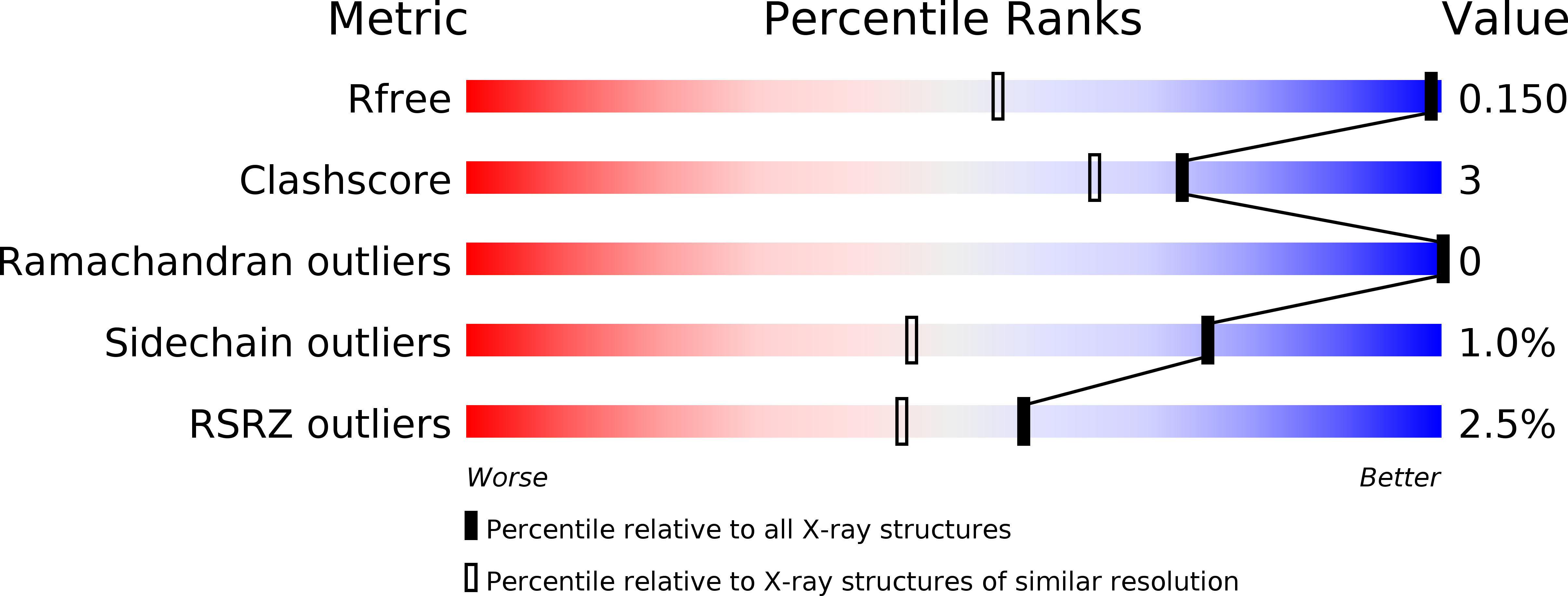
Deposition Date
2010-08-14
Release Date
2010-08-25
Last Version Date
2023-12-20
Entry Detail
PDB ID:
2XOD
Keywords:
Title:
Crystal structure of flavoprotein NrdI from Bacillus anthracis in the oxidised form
Biological Source:
Source Organism:
Bacillus anthracis (Taxon ID: 1392)
Host Organism:
Method Details:
Experimental Method:
Resolution:
0.96 Å
R-Value Free:
0.15
R-Value Observed:
0.12
Space Group:
P 21 21 21


